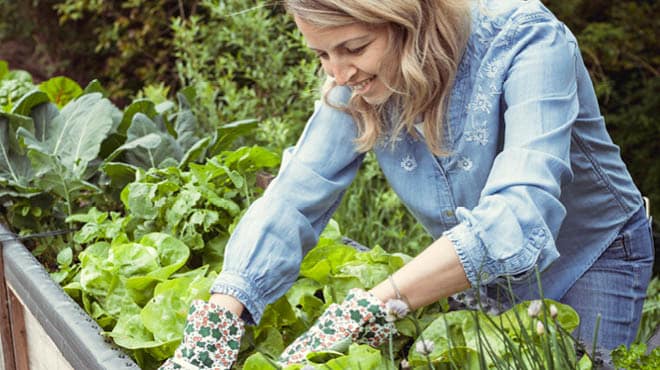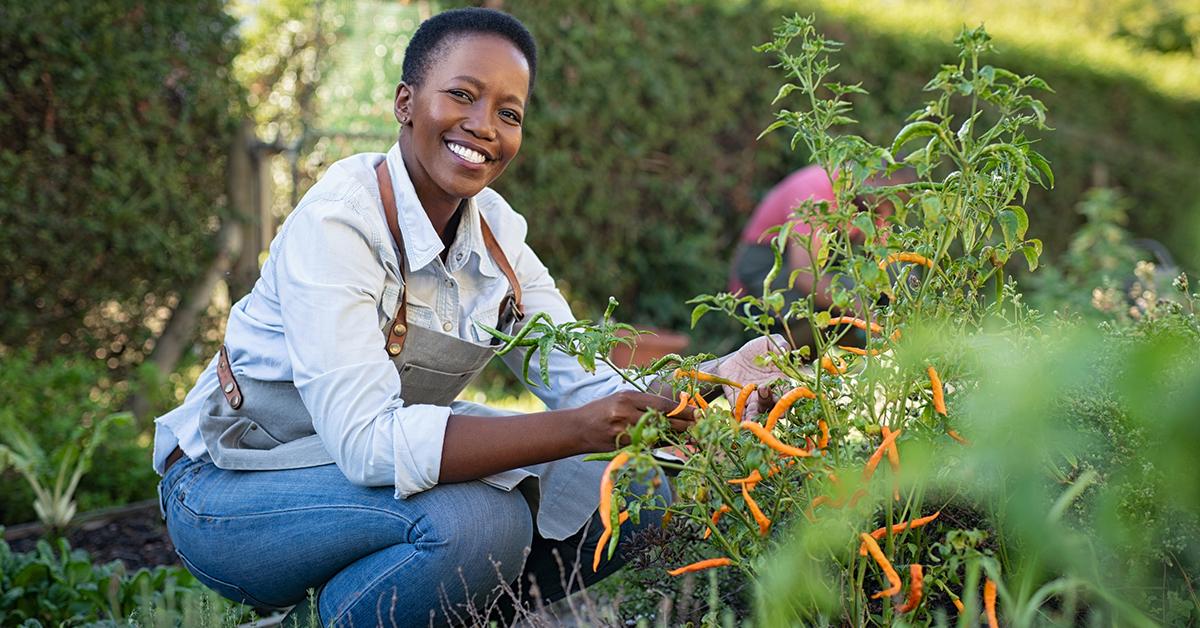From Amateur to Naturalist: Browsing the Globe of Newbie Gardening
Wiki Article
From Newbie to Green Thumb: A Step-by-Step Journey With the Art of Horticulture

Recognizing Your Gardening Room
To start your gardening journey, it is important to understand the unique features and constraints of your horticulture area. Are there any type of particular obstacles you may encounter, such as poor dirt top quality or minimal water schedule? Recognizing these factors will assist you make notified choices concerning the kinds of plants that will certainly grow in your space.Consider the size of your gardening area. You might require to focus on container gardening or vertical gardening to maximize your expanding area if you have a little room. On the various other hand, if you have a large space, you have the deluxe of growing a selection of plants and developing different areas within your yard.
If your room is shaded, you can decide for shade-loving plants like hostas or brushes (newbie gardening). If your space obtains full sun, you can grow a wide variety of plants, including flowers, herbs, and vegetables.
Last but not least, take into consideration any kind of challenges or limitations particular to your room. You may require to change it with garden compost or choose plants that are tolerant of less-than-ideal conditions if your dirt top quality is inadequate. If water is limited, you can select drought-tolerant plants or implement water-saving strategies like mulching.
Picking the Right Plants for Your Garden
Select plants that are well-suited to your garden's special conditions and your individual choices. When selecting plants for your yard, it is vital to think about variables such as sunlight, soil kind, and environment. Some plants like well-drained soil, while others flourish in wet or clay-like soil.It's likewise worth considering the maintenance level of the plants you choose. Some plants call for more treatment and interest, while others are extra low-maintenance.
Preparing the Soil for Planting
First, analyze the condition of your soil to figure out if any type of renovations or amendments are required. The quality of your dirt is critical for the success of your yard. Beginning by checking the structure of the soil. Is it sandy, loamy, or clayey? Sandy soil drains promptly, while clayey dirt maintains water. Loamy dirt is the perfect equilibrium between the two. Next off, inspect the pH level of your soil. The majority of plants choose a slightly acidic to neutral pH, around 6.0 to 7.0. You may need to change it making use of dirt modifications such as lime or sulfur if your soil is as well acidic or alkaline. Additionally, you need to think about the vitamins and mineral content of your soil. Conduct a soil test to determine if any type of essential nutrients are doing not have. This will certainly aid you decide which fertilizers or raw material to include. Ensure that your soil is well-draining. Poorly drained pipes dirt can bring about waterlogged roots and various other plant wellness concerns. If necessary, boost water drainage by adding raw material like compost or peat moss. By evaluating and making required amendments to your dirt, you can develop an ideal atmosphere for your plants to grow.Nurturing and Preserving Your Garden
When you have prepared the dirt, it's time to get your hands unclean and start supporting and preserving your yard. The secret to a successful yard is consistent treatment and interest. Watering is crucial, especially during dry spells. Ensure to sprinkle your plants deeply, permitting the water to penetrate the soil and get to the origins. Normal weeding is additionally crucial to keep your garden without unwanted plants that complete for nutrients and space. Draw out any kind of weeds, making sure to eliminate their roots to stop them from returning. Additionally, it's necessary to offer proper nourishment for your plants. Think about using natural fertilizers or compost to enhance the soil and promote healthy growth. Trimming is another important job to keep your yard looking cool and urge much better air flow and sunlight penetration. Trim off any type of damaged or dead branches to maintain the general health and wellness of your plants. Be on the hunt for illness and bugs. Frequently examine your plants for any type of signs of problem or health problem and take instant action to stop more damage. By complying with these nurturing and maintenance techniques, you will certainly make certain a growing and gorgeous garden.Troubleshooting Common Horticulture Issues
If you notice eaten leaves or plants that are wilting for no noticeable reason, you might have a parasite infestation. If your plants have actually yellow or stained fallen leaves, they may not be obtaining sufficient nutrients. Remove influenced plants and treat the remaining ones with natural fungicides or pesticides.Conclusion
By understanding your gardening room, selecting the right plants, preparing the soil, and newbiegardening.com/ supporting your garden, you have actually conquered usual gardening concerns like a pro. Currently, equipped with knowledge and experience, you are prepared to appreciate the beauty and abundance of your flourishing garden.
When choosing plants for your yard, it is essential to consider variables such as sunlight, dirt kind, and climate. Some plants favor well-drained soil, while others prosper in wet or clay-like dirt (newbie gardening). By comprehending your gardening room, picking the right plants, preparing the dirt, and nurturing your yard, you have overcome typical gardening problems like a pro
Report this wiki page